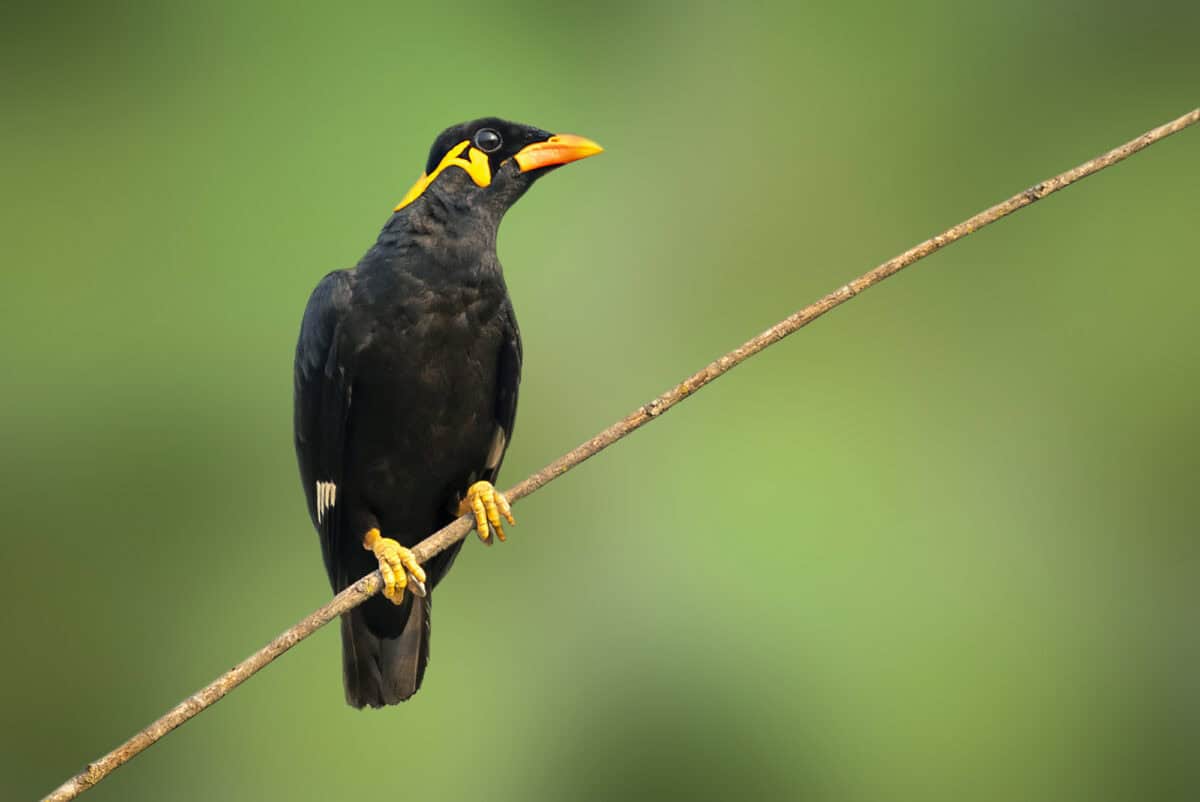Creating a bird-friendly backyard is not only a delightful hobby but also a rewarding way to support local wildlife. Birds enhance the ambiance of any outdoor space with their vibrant colors and melodious songs. By transforming your garden into a haven for our feathered friends, you contribute to the preservation of various bird species while enjoying the beauty they bring. Here’s how you can make your backyard more appealing to birds.
Provide a Variety of Bird Feeders
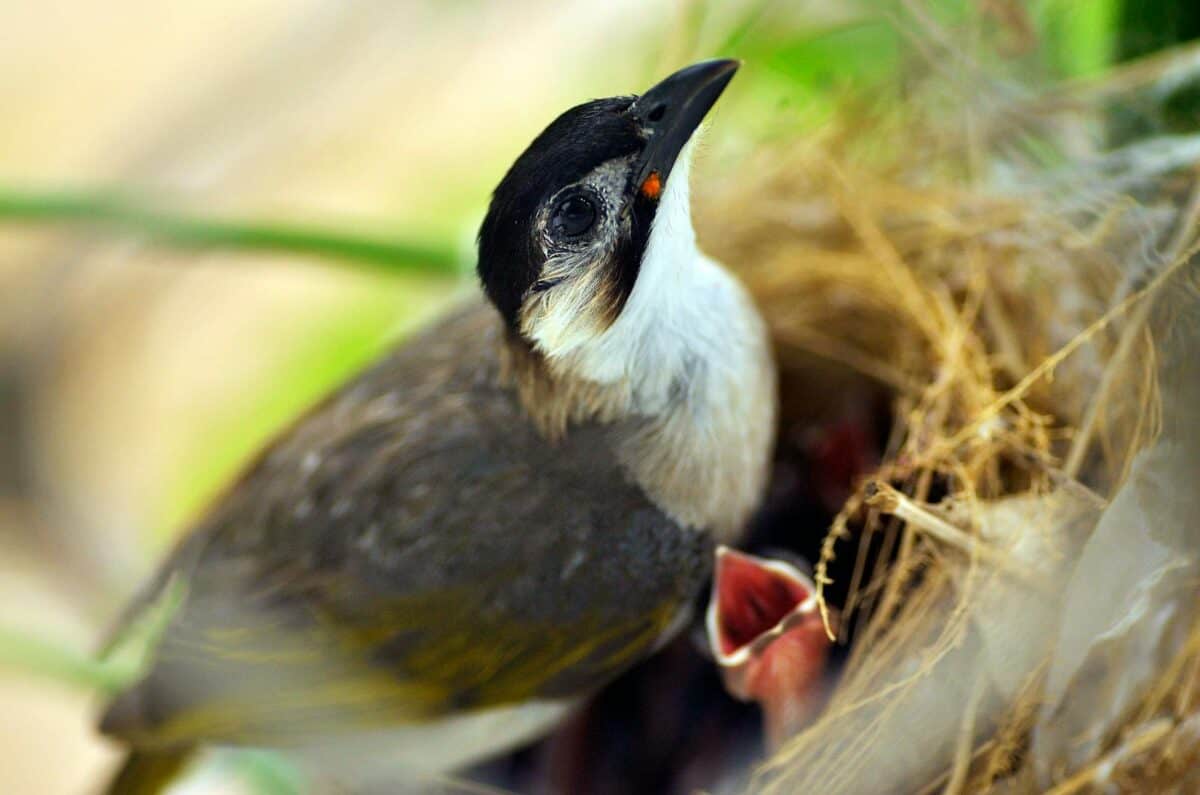
Bird feeders come in many shapes and sizes, each catering to different bird species. Tube feeders, platform feeders, and suet feeders are among the most popular options. Ensure a diverse selection to cater to both seed eaters and those that prefer nuts or suet. By providing a variety of feeders, you can attract a wider array of birds, from chickadees and finches to woodpeckers and nuthatches.
Offer Fresh Water

Birds need water not only for drinking but also for bathing. Install a birdbath or a small pond in your yard and keep the water clean and fresh. Moving water, such as a small fountain or dripper, can be particularly enticing to birds, as the sound and sight of water encourage them to stop by your garden.
Grow Native Plants

Planting native shrubs, trees, and flowers will provide natural food resources like berries, seeds, and nectar while offering shelter. Native plants are adapted to the local environment and can attract native insect species that many birds feed on, creating a balanced and sustainable ecosystem.
Create Shelter and Hiding Spots

Certain birds are more likely to visit if your backyard offers safe hiding places. Dense shrubs, bushes, or even purpose-built brush piles provide vital refuge from predators and harsh weather. These structures can also be excellent nesting sites, encouraging birds to stay longer.
Use Nesting Boxes
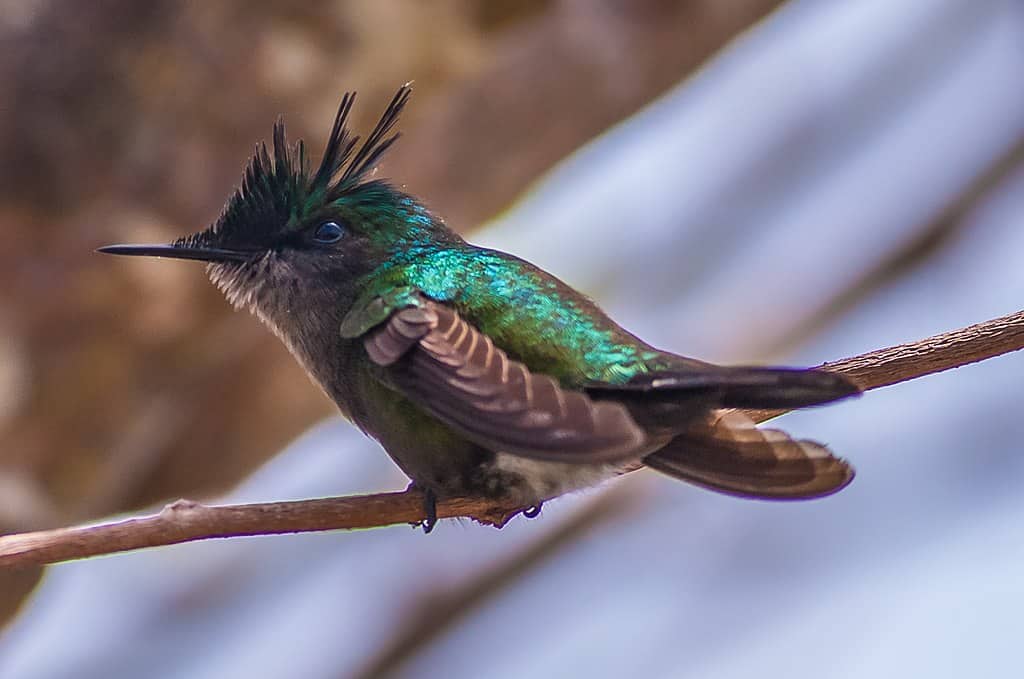
Nesting boxes can support bird populations by providing safe havens for raising young. Different species require different types of boxes, so research the appropriate design for your target birds. Ensure boxes are placed in safe, quiet areas away from heavy foot traffic and predators.
Avoid Pesticides

Pesticides can be harmful to birds as they may poison insects that birds feed upon. Maintain a healthy garden ecosystem by encouraging natural pest control methods. Introduce beneficial predator insects or companion planting to deter pests, ensuring birds have a safe food source.
Offer Grit and Minerals
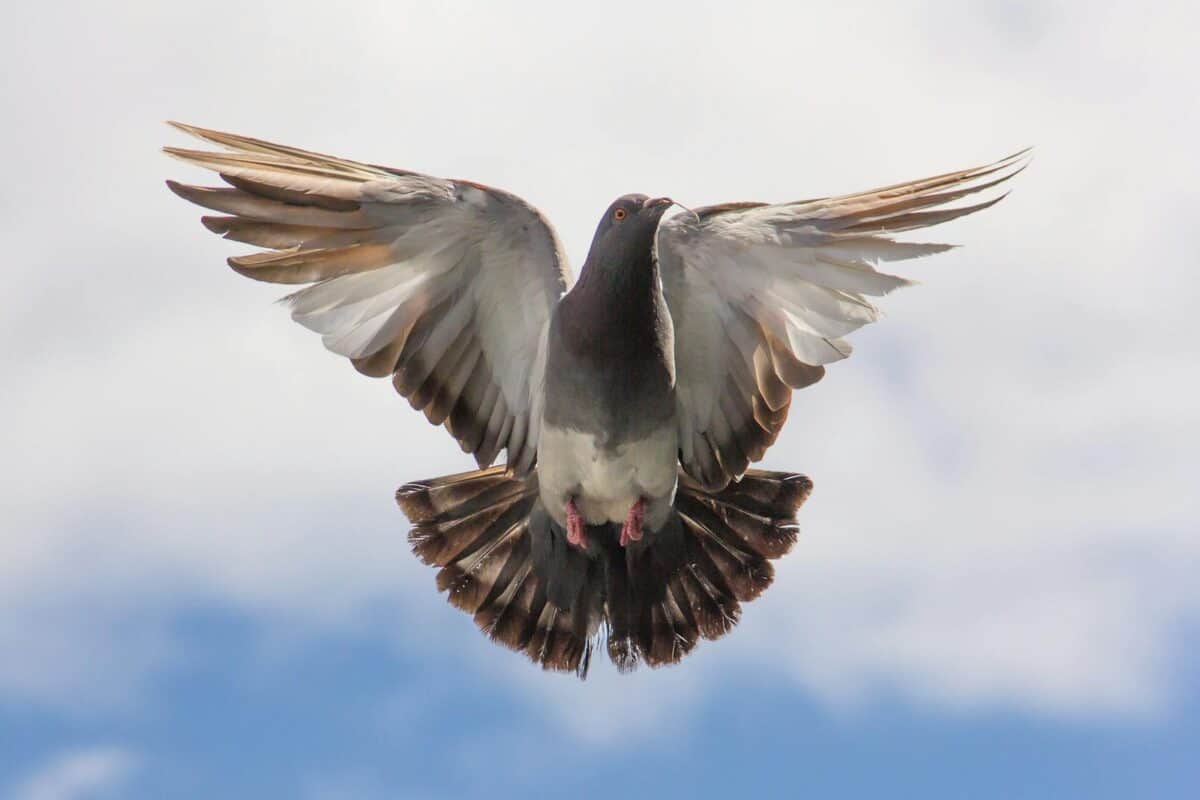
Birds need additional minerals and grit to aid digestion and nutritional balance. Provide crushed eggshells or commercial grit near feeders. Both options can attract a variety of birds and contribute to their dietary needs, supporting their overall health.
Maintain a Year-Round Supply of Food

Different bird species require food at different times of year. While some depend on feeders during the winter, others benefit from them during migration periods. Keep feeders stocked through all seasons to support birds as they traverse or inhabit your region.
Install Birdhouses with Weather Protection
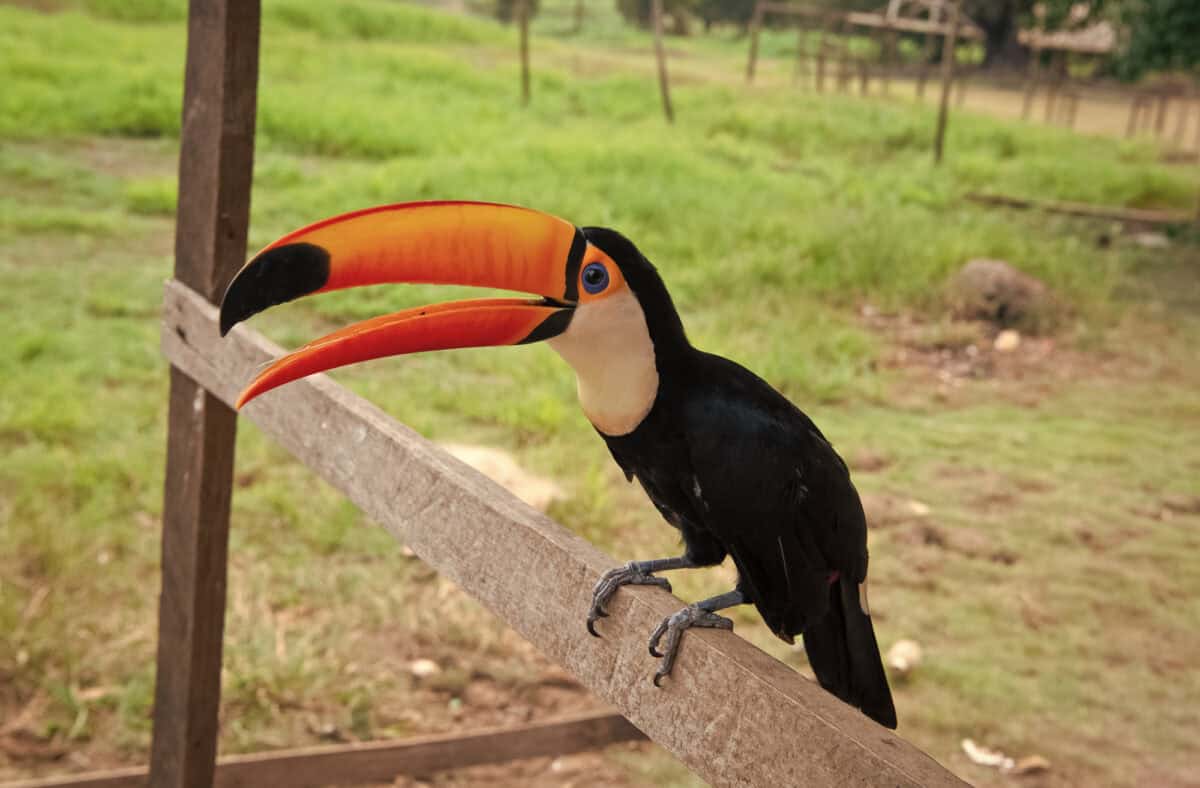
Design your backyard birdhouses with ample protection against the elements. A weatherproof roof, proper drainage, and ventilation can make a nesting box more attractive and safer for birds. Ensure they’re facing away from prevailing winds to provide additional comfort.
Use Bird-Friendly Landscaping

Design your landscape with layers of greenery to mimic natural habitats. Incorporate tree canopies, understory shrubs, and ground cover. This layered environment offers foraging opportunities, nesting spots, and protection from predators, attracting a diversity of bird species.
Leave Some Areas Undisturbed
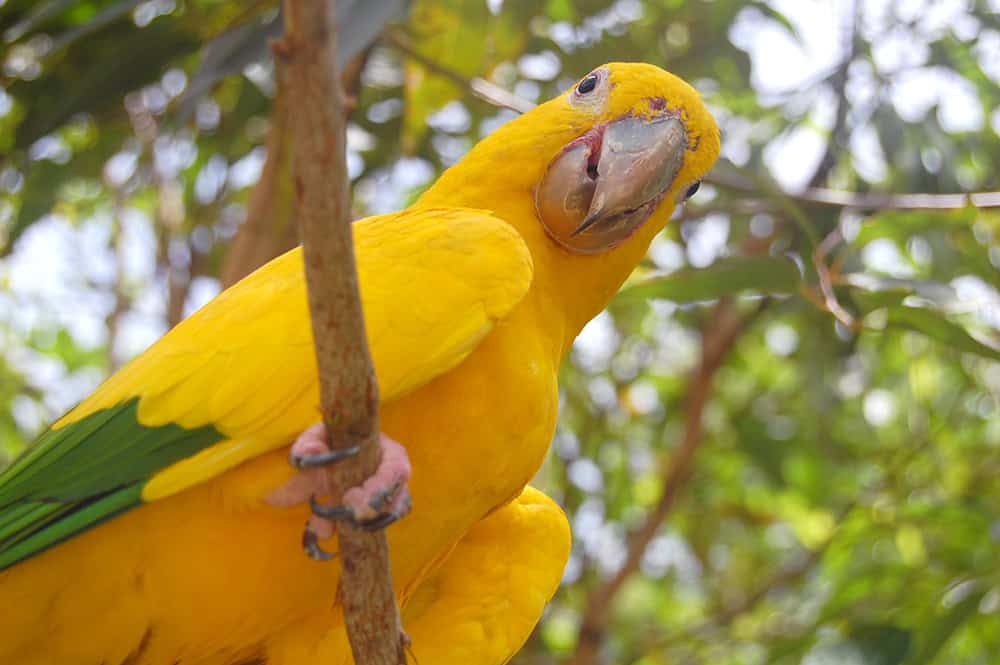
While tidying up your garden, remember to leave some areas natural. Fallen leaves, branches, and dead trees provide insects and seeds. This organic clutter is an invaluable resource for birds searching for food and materials for nesting.
Create a Safe Environment

Minimize threats to birds in your backyard by keeping cats indoors, reducing reflective surfaces that birds might collide with, and using bird-safe pesticides and fertilizers. Creating a secure environment encourages birds to visit without fear of harm.
Incorporate Fruit-Bearing Trees and Bushes
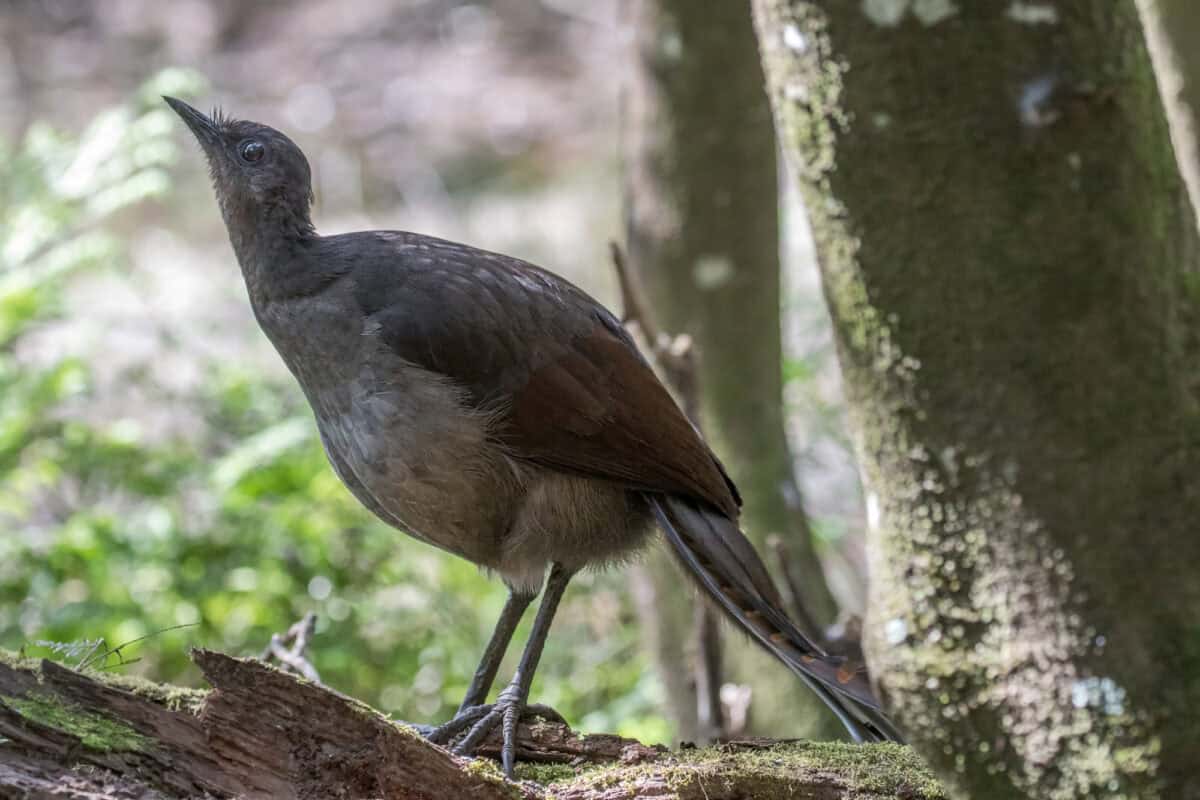
Fruit-bearing trees and shrubs like serviceberries, mulberries, and hollies provide essential food resources. They attract not only fruit-eating birds but also support insects that other birds feed on. Seasonal blooms from these plants can add visual beauty to your garden as well.
Engage in Citizen Science

Join birdwatching communities and programs to report sightings and participate in local conservation efforts. Engaging in citizen science can increase awareness, contribute to larger conservation initiatives, and encourage others to create bird-friendly spaces.
Educate Yourself and Others

Learn about the specific needs of regional bird species, and share your knowledge with neighbors and friends. Encourage them to also support bird habitats, creating a network of bird-friendly gardens that offer safe havens across larger areas and reinforce conservation efforts.
Conclusion:

By implementing these strategies, you’ll not only enjoy the vibrant sights and sounds of visiting birds but also contribute to essential conservation efforts. Each small action plays a vital role in supporting bird populations, ensuring that these beautiful creatures continue to enrich our ecosystems and communities.
- 10 Common Chicken Behaviors and What They Mean - August 9, 2025
- 14 Creatures That Can Freeze and Thaw Back to Life - August 9, 2025
- 10 Animals That Risked Their Lives to Save Humans - August 9, 2025

